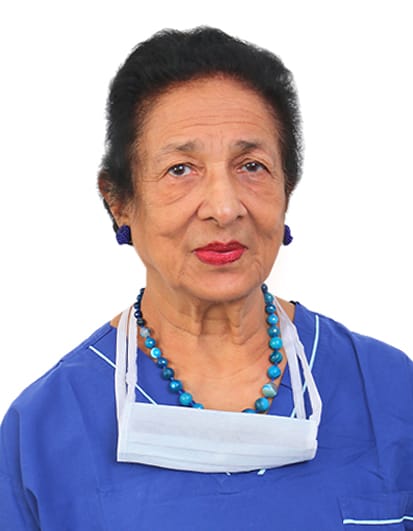LAPAROSCOPIC OVARIAN CYSTECTOMY
 An ovarian cystectomy is surgery to remove a cyst from your ovary. Laparoscopic surgery is a minimally
invasive surgery technique that only uses a few small incisions in your lower abdomen.
An ovarian cystectomy is surgery to remove a cyst from your ovary. Laparoscopic surgery is a minimally
invasive surgery technique that only uses a few small incisions in your lower abdomen.
Laparoscopic Treatment of Endometriosis
Laparoscopy is the most common procedure used to diagnose and remove mild to moderate endometriosis. Instead of using a large abdominal incision, the surgeon inserts a lighted viewing instrument called a laparoscope through a small incision. If the surgeon needs better access, he or she makes one or two more small incisions for inserting other surgical instruments. If your doctor recommends a laparoscopy, it will be to: View the internal organs to look for signs of endometriosis and other possible problems. This is the only way that endometriosis can be diagnosed with certainty. But a "no endometriosis" diagnosis is never certain. Growths (implants) can be tiny or hidden from the surgeon's view. Remove any visible endometriosis implants and scar tissue that may be causing pain or infertility. If an endometriosis cyst is found growing on an ovary (endometrioma), it is likely to be removed.
Advanced Laparoscopy Surgery
Advanced laparoscopic surgery for chronic pelvic pains and suspected endometriosis should be performed
by
a surgeon with the necessary skills and expertise in the resection of such lesions and in an operating
room equipped for such a surgery.
Endometriotic implants should be resected, vaporized, or fulgurated and care should be taken to perform
as
complete as possible resection of deep infiltrating endometriotic nodules which are usually the cause of
pelvic pains.

To reduce pain transmission, nerve interruption procedures such as uterosacral (US) nerve ablation or presacral neurectomy should also be considered. Adhesions (scar tissues) should be completely resected and measures preventing their reformation should be applied. Endometriotic cysts should be resected with their capsules - using ovarian tissue-sparing technique - rather than be drained. The surgeon should also be prepared to resect endometriotic lesions that may involve other organs such as the bowel or bladder.
Advanced Laparoscopy Surgery
Advanced laparoscopic surgery for chronic pelvic pains and suspected endometriosis should be performed by
a surgeon with the necessary skills and expertise in the resection of such lesions and in an operating
room equipped for such a surgery.
Endometriotic implants should be resected, vaporized, or fulgurated and care should be taken to perform as
complete as possible resection of deep infiltrating endometriotic nodules which are usually the cause of
pelvic pains.
To reduce pain transmission, nerve interruption procedures such as uterosacral (US) nerve ablation or
presacral neurectomy should also be considered. Adhesions (scar tissues) should be completely resected and
measures preventing their reformation should be applied.
Endometriotic cysts should be resected with their capsules - using ovarian tissue-sparing technique -
rather than be drained. The surgeon should also be prepared to resect endometriotic lesions that may
involve other organs such as the bowel or bladder.
LAPAROSCOPIC RECONSTRUCTION OF FALLOPIAN TUBES
After having a tubal ligation, which is a permanent form of contraception, due to unforeseen circumstances, some women may seek a reversal of sterilization. Laparoscopic tubal recanalization, being a minimally invasive surgery, introduced a new dimension for tubal reconstruction. Within a short span of time laparoscopic tubal recanalization has emerged as an alternative route to perform microsurgical reversal of a ligated fallopian tube. The procedure aims at reconnecting the previously cut portions of the fallopian tube. After family planning some women want to reverse the procedure, which created a break in the fallopian tube. The reverse procedure involves reconnecting the fallopian tubes in order to become fertile again.
Team of SENIOR Gynaecologists at Chawla Nursing Home

Dr. Sushma Chawla
M.D. (P.G.I), FICMCH, FICOG Sr. Consultant Obstetrician & Gynaecologist Gynae. Laparoscopic & Hysteroscopic Surgeon IVF SPECIALIST
DR. ANUPMA CHOPRA
M.D. (Obstetrician & Gynaecologist) CONSULTANT, IVF Specialist
Dr. Deepali Luthra
M.B.B.S., DFW, DIP. GO (ICMCH) Obstetrician & Gynaecologist Hysteroscopist & Colposcopist, IVF Specialist
Dr. Rajeshwari
M.B.B.S., DFW, DIP GO (ICMCH) Obstetrician & GynaecologistIf you Have Any Questions Call Us On +91 9023703001






